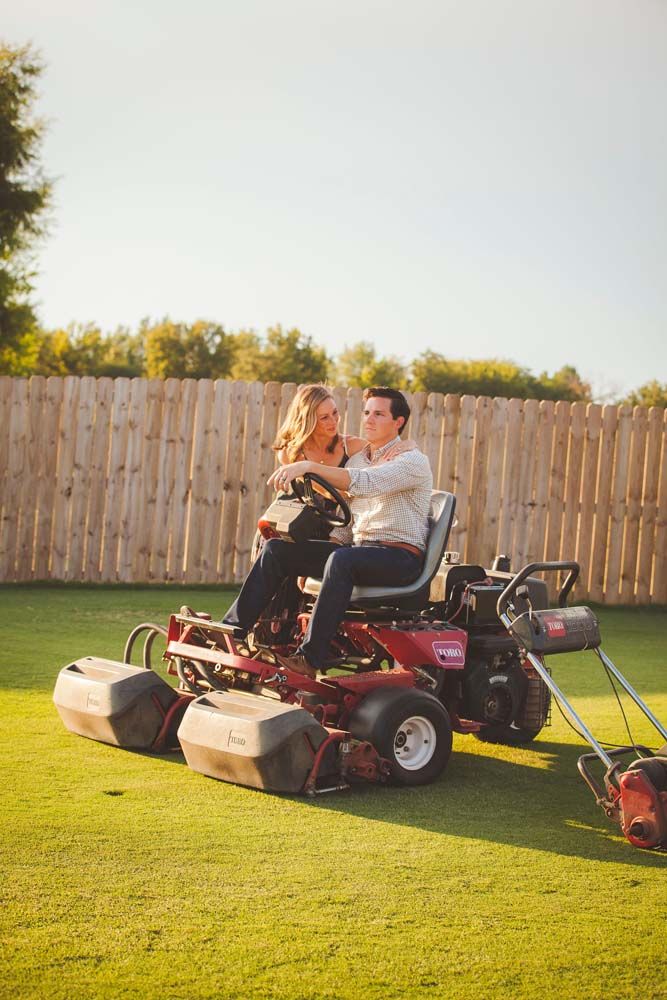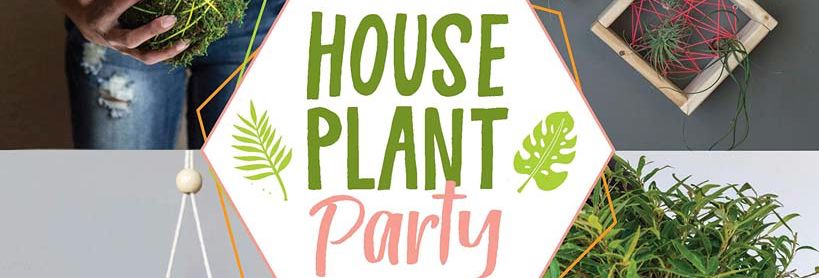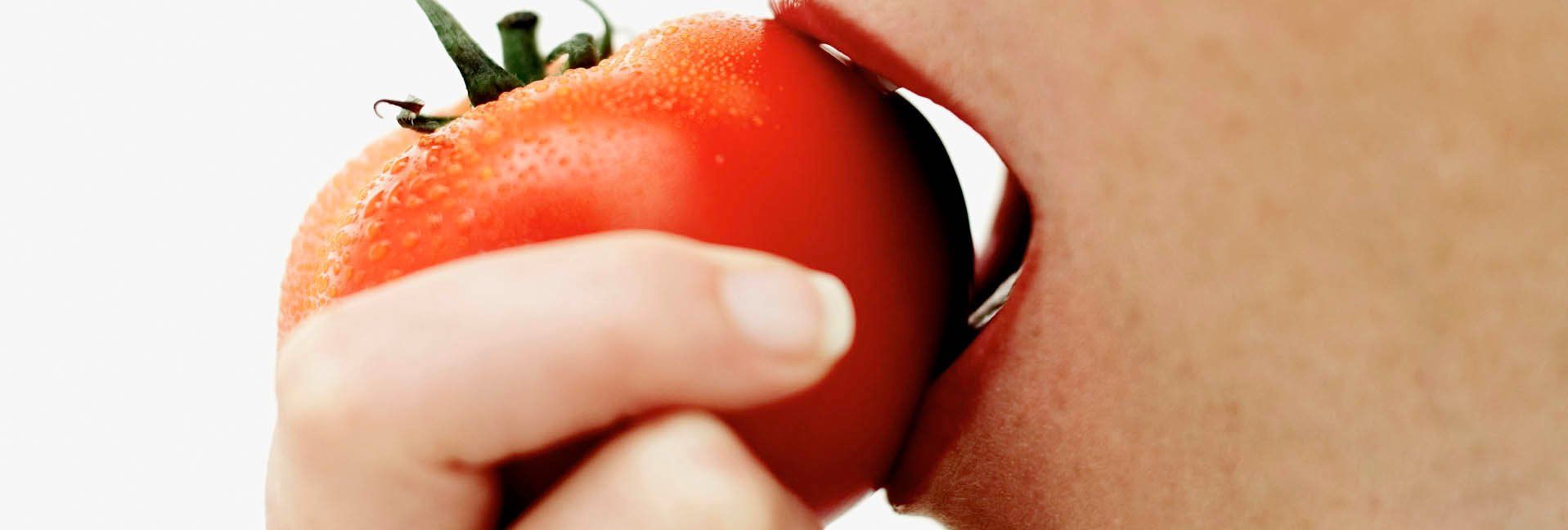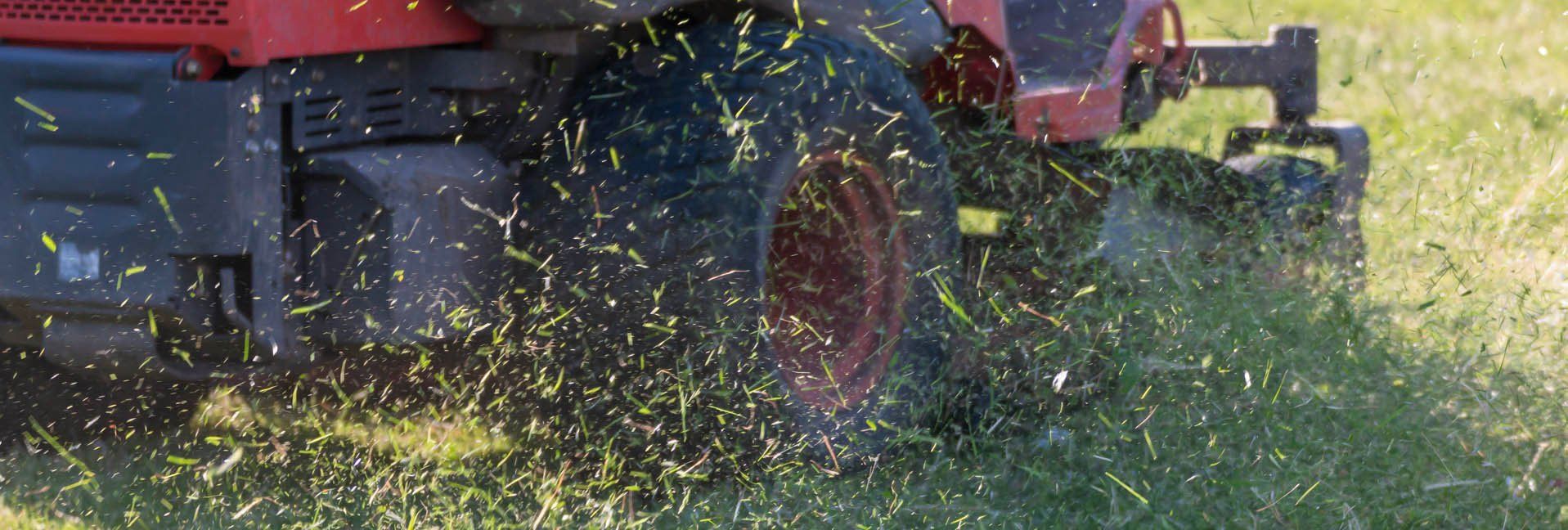No Garden? No Problem! Tips for container gardening success
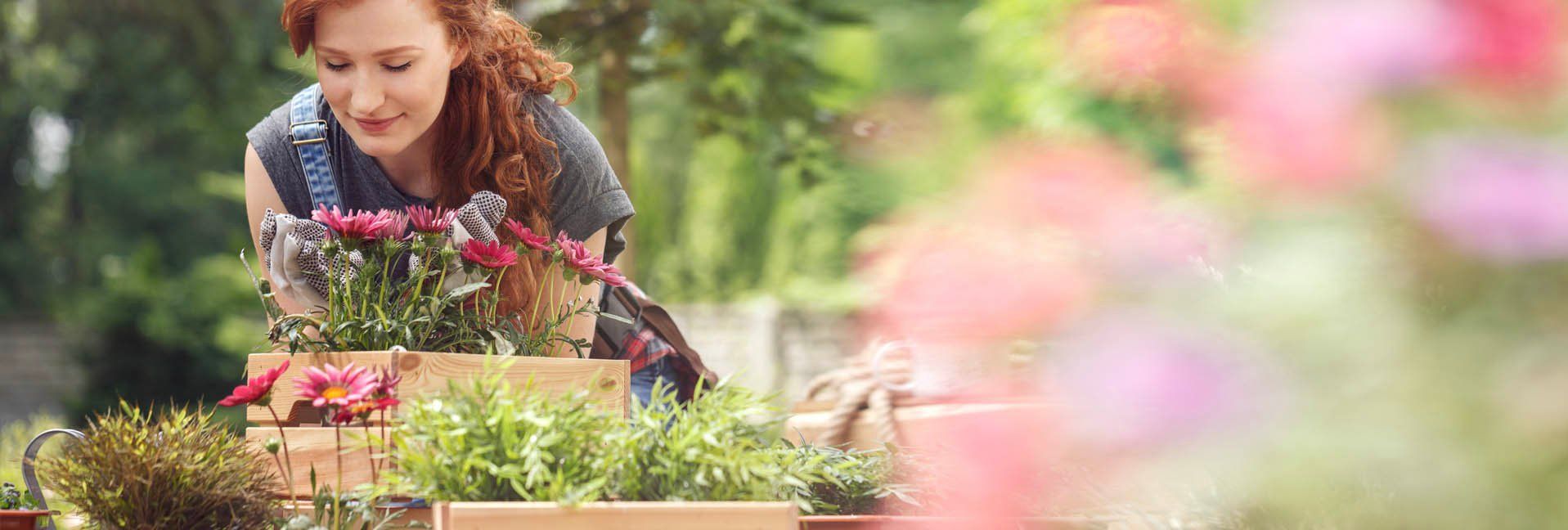

Planting a garden is a traditional springtime activity. But what if you don’t have enough room for a garden plot? Or perhaps your garden is too far away from the house, and you’d like to have a few herbs growing just outside the kitchen door. What if you’ve got no yard at all—but you still want to grow vegetables or flowers?
The solution is simple. Container gardening enables you to grow plants even if you have precious little space. A sunny porch, patio, or windowsill can be enough space to grow a few flowering plants, an impressive vegetable garden.
As container gardening has grown in popularity during the past few years, many new options exist for container growing—including different kinds of containers that make container gardening easier and more productive. But container growing is a different kind of gardening, so it helps to know some of the tips and tricks for container gardening success.
Different types of containers
Almost anything can be used as a growing container, from traditional pots to repurposed household and yard items. A small terra-cotta pot, a large decorative pot, or a whiskey barrel cut in half are all common growing containers. But for the creative, an old boot, a galvanized bucket, or even a dilapidated wheelbarrow can be turned into a great place to grow plants.
Self-irrigated containers have a built-in water reservoir that keeps plants comfortably moist; these can make it easy and efficient to plant salad greens, tomatoes, and other tasty edibles. One popular self-watering container, called the GrowBox, is a large rectangular planter measuring 28 by 14 by 12 inches deep. It’s big enough for two full-sized tomato plants. The GrowBox container fits neatly on any patio or deck and comes with a cut-out planting guide that shows “newbie” gardeners exactly where and what to plant. Fill up the four-gallon water reservoir and water is automatically wicked up through the potting soil. Best of all, the entire system can be set-up and growing in about 15 minutes. The GrowBox sells for $29.95 from agardenpatch.com.
Another popular new container type is the breathable fabric pot. A lightweight fabric pot has enough rigidity to hold its shape while it provides a healthy environment for plants. The fabric sides naturally “air prune” the roots that grow to the edge of the container, which encourages plants to develop fibrous root systems throughout the entire soil mass. There’s no circling of the roots around the outside of the pot. Many sizes are available, and some of the fabric pots from smartpots.com have built-in handles so the pots can be easily moved.
Selecting thriller, filler and spiller plants
The most popular container plants are flowers, herbs, and small vegetables. But given a large enough container, it’s possible to grow dwarf fruit trees that actually produce a harvest of delicious fruit.
When growing flowers, an assortment of three to six plants (depending on the size of the container) is a great way to get color and a pleasing visual design throughout the growing season. Garden designers and plant breeders often use the “Thriller, Filler, and Spiller” concept to create an appealing container design.
The “filler” plant is of medium height, and it typically fills up the most space in the pot. The “spiller” plant grows over the edge of the container and downward. The “thriller” is the tallest plant, and it typically features a bright-colored flower, a dramatic leaf color, or an attractive seed head. The combination of color, texture and fragrance can result in a stunning display on patios, decks or porches.
Perhaps the biggest recent increase in container growing has been in the area of herb and vegetable gardening. Plant breeders have introduced many dwarf varieties of popular vegetables that are designed to stay compact enough for containers. New this year is the ‘Atlas’ Hybrid Tomato, the first beefsteak tomato that is compact enough for 24-inch containers. Like all tomatoes, it needs a sunny spot to produce huge slicing tomatoes all summer long. Atlas Hybrid Tomato starter plants and seed packets are available at www.burpee.com.
Another new tomato variety bred for container growing is Park’s Legacy Hybrid from Park Seed. This determinate tomato plant produces 10-12 ounce round tomatoes with true vine-ripened flavor and superb disease resistance. A packet of 20 seeds sells for $4.95 from parkseed.com.
Always popular for container growing are salad greens such as lettuce, spinach, kale, and arugula. Most herbs grow well in containers, too, which makes it easy to create a conveniently located kitchen garden. Grow savory herbs such as parsley, sage, thyme, cilantro and chives outdoors in a spot that gets at least six hours of sun. You can even grow herbs on a sunny windowsill.
Water and fertilizer tips
Watering is vital to container garden success because containers dry out more quickly that in-ground gardens. Expect to water your container plants more frequently than your traditional garden plot. Many gardeners solve the watering issues by adding a drip irrigation system for their containers, complete with an electronic watering timer. The timer can be set to water daily—or even several times a day in the heat of the growing season.
One last thing: plants grown in containers need to be fertilized. Mix in a low-nitrogen, slow-release fertilizer at planting. Slow-release fertilizers provide plants with the nutrients they need for several months, and that eliminates the need for weekly fertilization.
Happy growing!
Three quick container tips
1. Regular garden soil is too dense and heavy for most container gardening. Instead, use a soilless potting mix. For larger containers, use a commercial planting mix or a make-it-yourself mix of compost, pulverized bark, and perlite.
2. Good drainage is essential to plant health. Most containers already have drainage holes to let excess water drain out. But if you’re using a tub, an old rubber boot, or anything else that wasn’t designed for growing plants, you should drill drainage holes at the bottom to prevent waterlogged plant roots.
3. It’s easier to successfully grow plants in a larger container. That’s because the larger the container, the more potting mix it holds. More potting mix means better overall water retention and less temperature fluctuation—both of which are good for plants.
Tags:Garden & Landscape

Acreage Life is part of the Catalyst Communications Network publication family.







